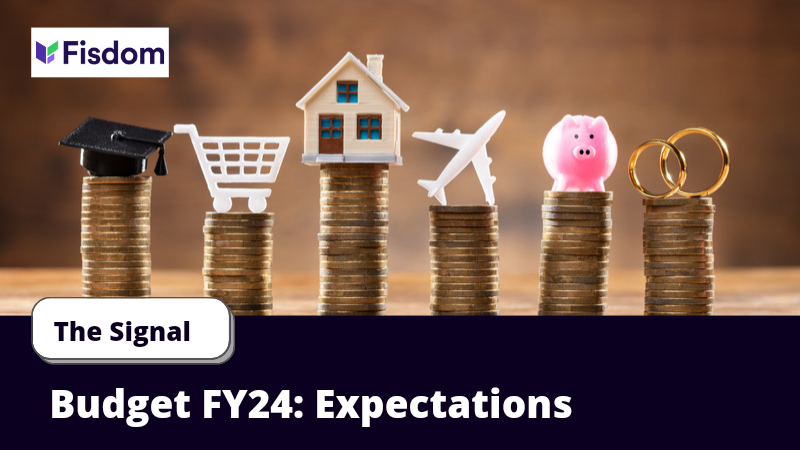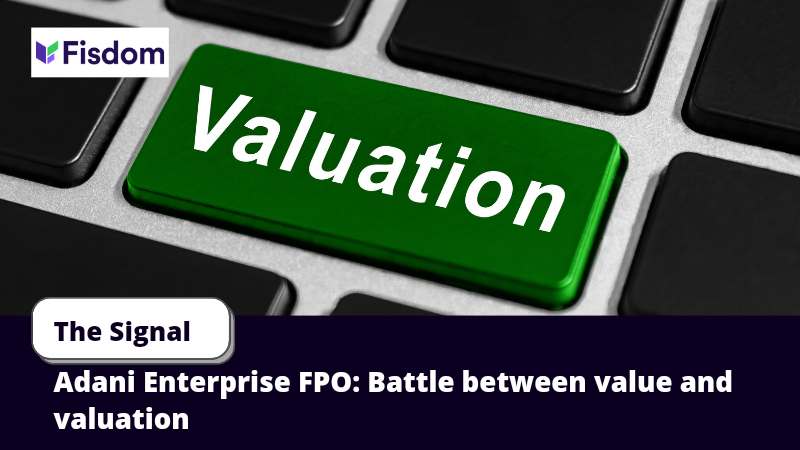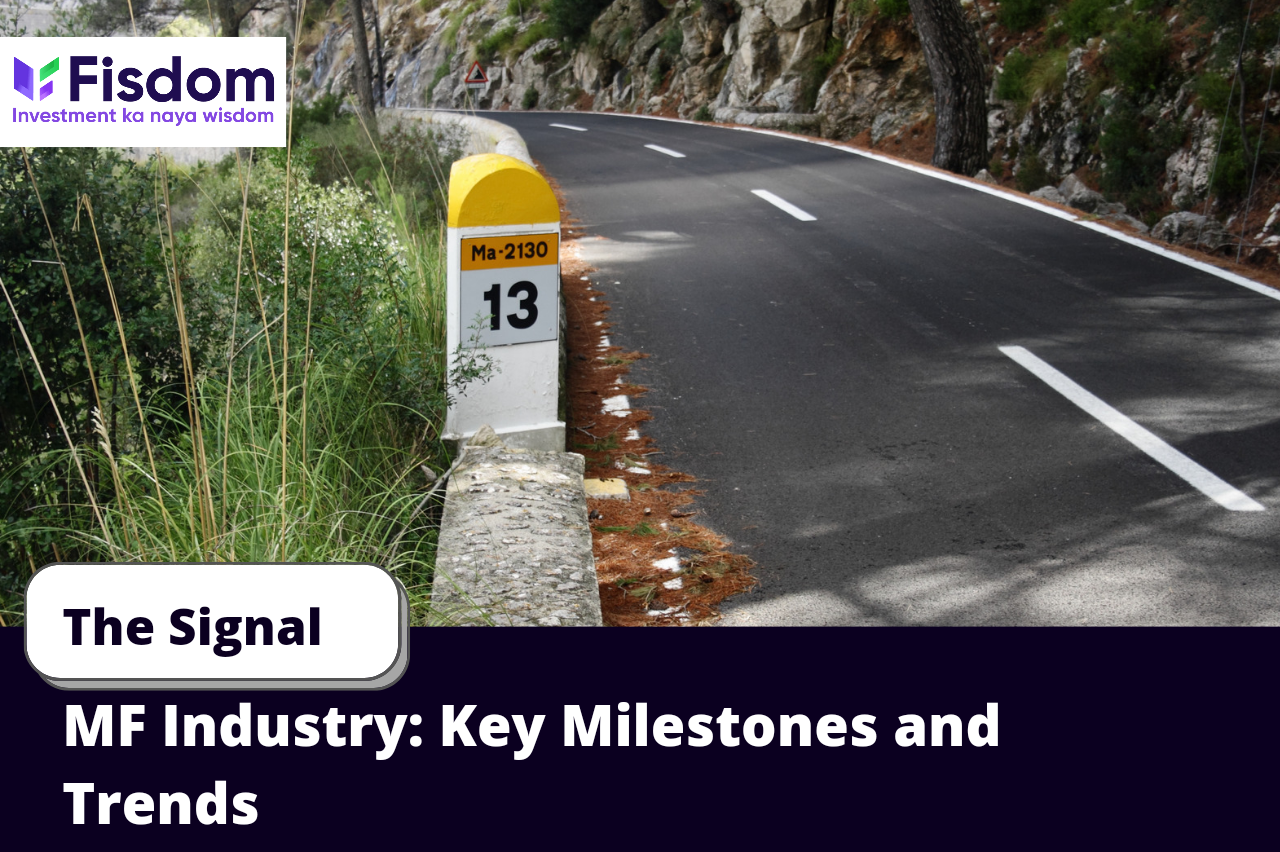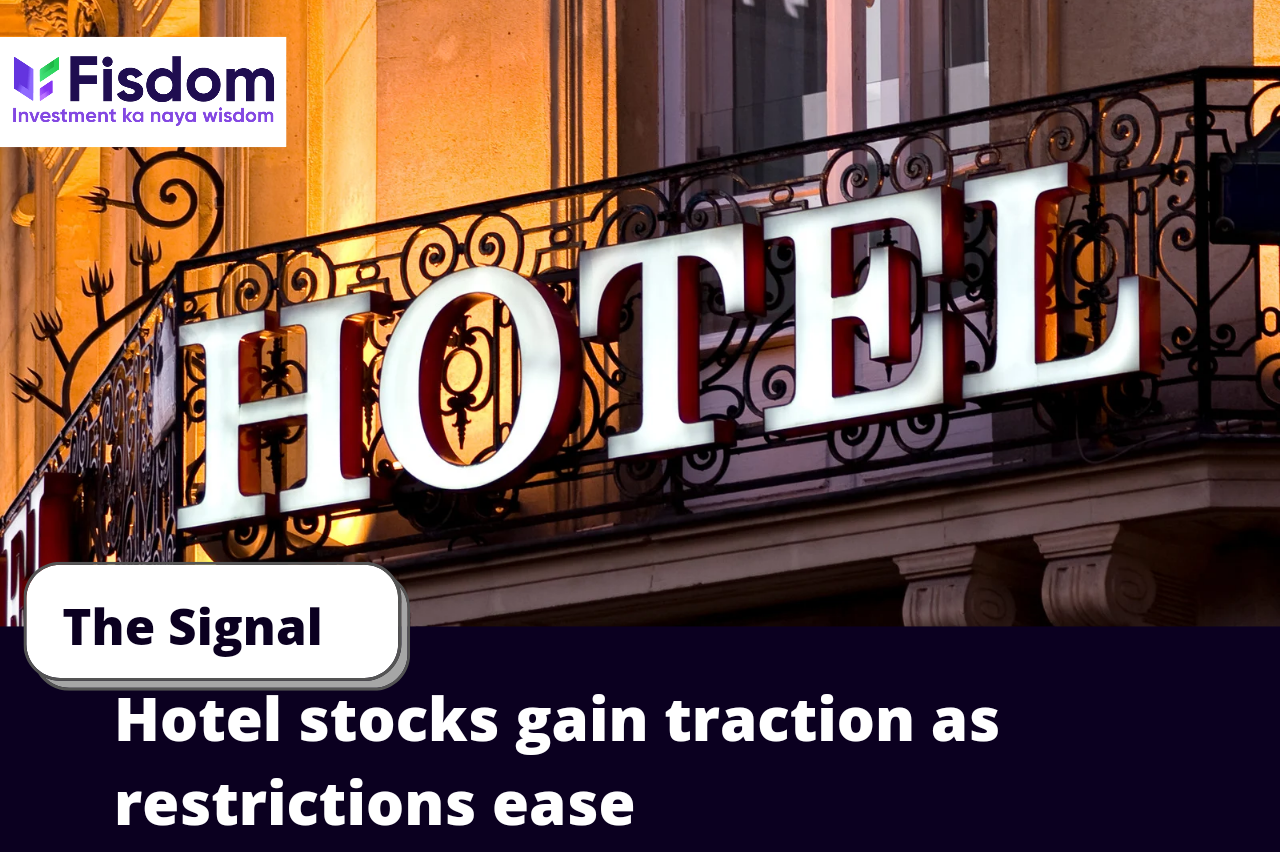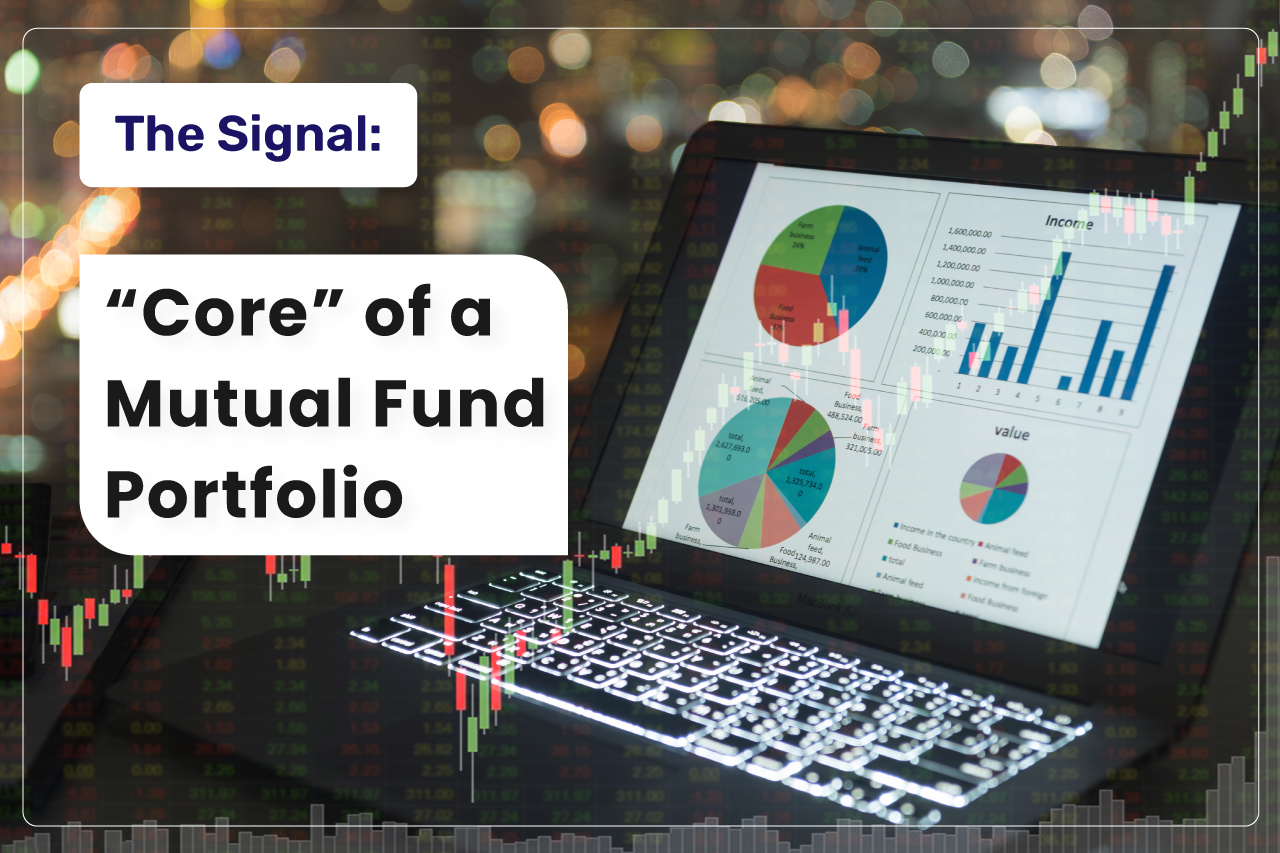

Building a portfolio can be a daunting task. Whether an investor is a beginner or a skilful fund manager, picking the right set of funds/stocks takes time and extensive research, and as a matter of fact investors often get confused about how to structure their portfolio.
One approach that investors can adopt is to build a core and a satellite portfolio. Core portfolio as the name suggests is the main building block of your portfolio. Whereas a satellite portfolio is an additional bet, you can use to build on the core portfolio and help you generate that extra alpha that you need over and above the core portfolio.
In simple terms, the core holdings of a portfolio are the one that comprises of majority of the portfolio holdings. This essentially means that a core portfolio needs to generate decent returns during an optimistic environment, and at the same time, it should limit the volatility of the portfolio during not so enthusiastic times like now. However, one should not forget that the core portfolio can vary based on various factors such as investor risk profile and objective.
What should be the components of a Core portfolio?
For the long-term wealth, creation equity is a go-to asset class, given its propensity to generate superior returns versus other options available. However, equities tend to be a volatile and relatively riskier asset class. Therefore, one must be cognizant of these aspects while constructing a portfolio.
When one looks at different market capitalization within equities among large caps, mid-caps, and small caps, large-cap tend to be less volatile compared to others, mid-caps are less volatile as compared to small caps. This is the main reason why large caps are suggested to be a part of a core portfolio.
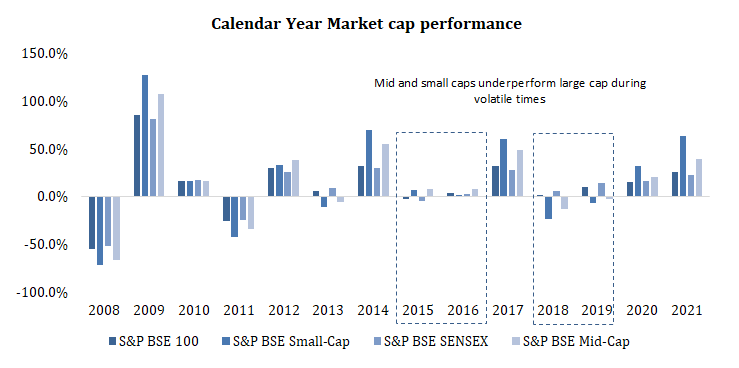
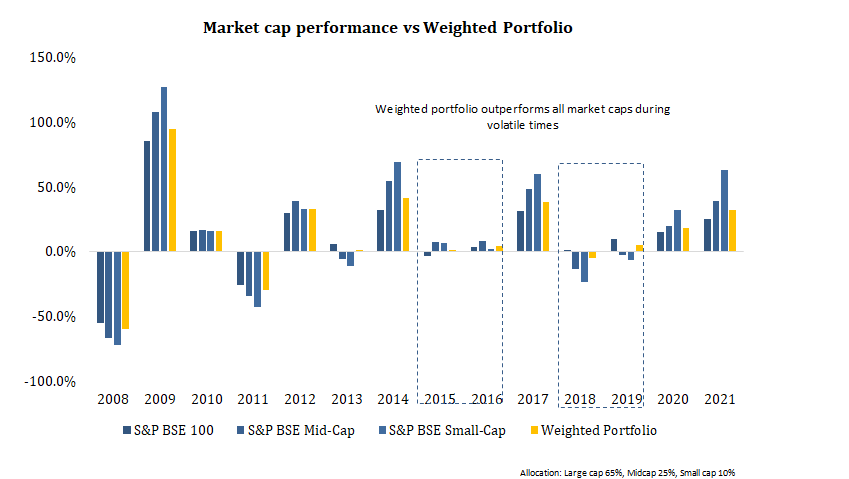
The overall portfolio mentioned above consists of 65% in large-cap allocation however in the actual portfolio it might not be necessary to stick to only one large-cap fund. Investors can diversify their large-cap allocation through different funds as it can be observed that most Flexi cap and multi-cap cap oriented portfolios keep significant large-caps as a core portfolio in their portfolio. As it is a fact from the above table that a well-diversified portfolio is better during volatile times due to the stable nature of large-cap funds, the large-cap allocation should form an anchor to your portfolio. However, mid and small caps would provide a kicker to the overall portfolio when optimism is at its peak.
In case you want further clarity on building a core and satellite portfolio feel free to reach out to us. Till then.
Happy investing








